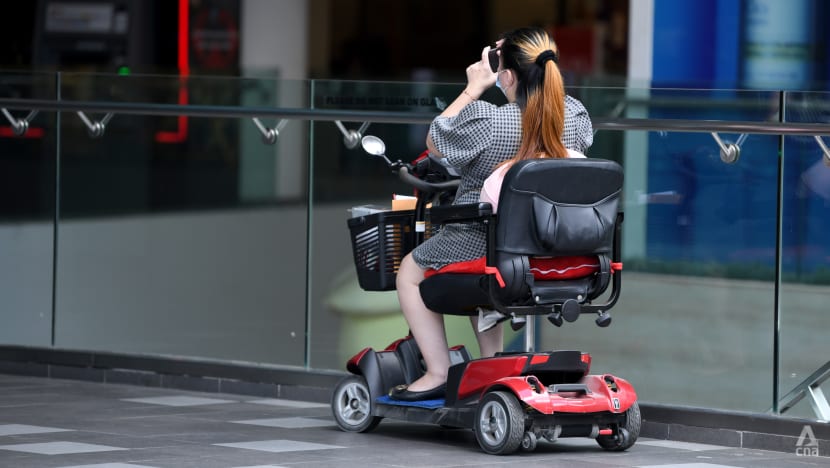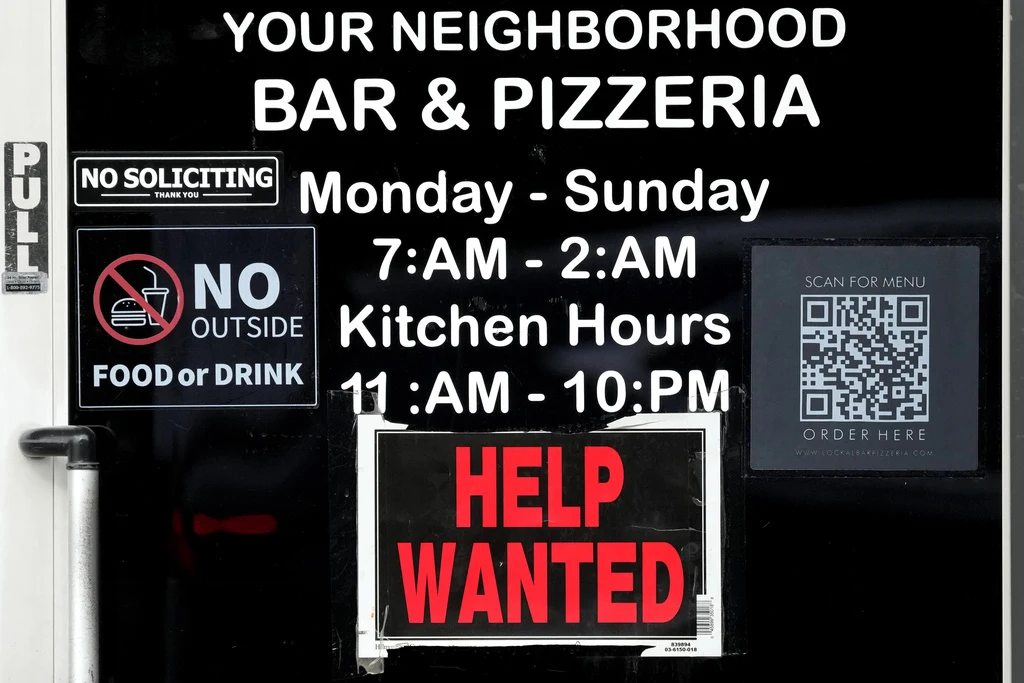That’s really going to get very unpleasant, and people like seniors and young children may find it very dangerous to be walking along such paths.
Crispina Robert:
For this group of people, this device, in my mind anyway, saves money, because they buy it once off Carousell or TikTok shop or whatever, maybe $1,000, under $2000 – no petrol, no tax. It’s such an easy way for them, and also, quite a lot of them do deliveries as well.
So, it doubles up as a means of affordable transport for a group of people. Do you think this will go away, even if we say, “PMAs can only be used for medical purposes, and only 6kmh.” Do you think this is something that we need to really look into?
Florence:
I think this is quite an urgent issue, actually, because we have been hearing more feedback about the misuse and abuse of the PMAs. This is something that we need to tackle quite urgently.
Crispina:
So, there’s a genuine need, is what we’re saying?
Steven:
It just means that instead of using PMAs, they will have to find other alternatives.
Michael Kuan:
I see PMAs as real PMAs not because (a) disabled person is sitting on it, (but because) the chair is really made for disabled people. Chairs like mine is really narrow and compact.
Disabled people need to go into shopping malls, need to go into shops. We need to squeeze into narrow pathways, and we need to be able to turn on the dime.
It’s those big chairs that’s super, super big. Even I won’t call them as PMAs—they are PMDs. I see a lot of old people that sit on those micro chairs.







